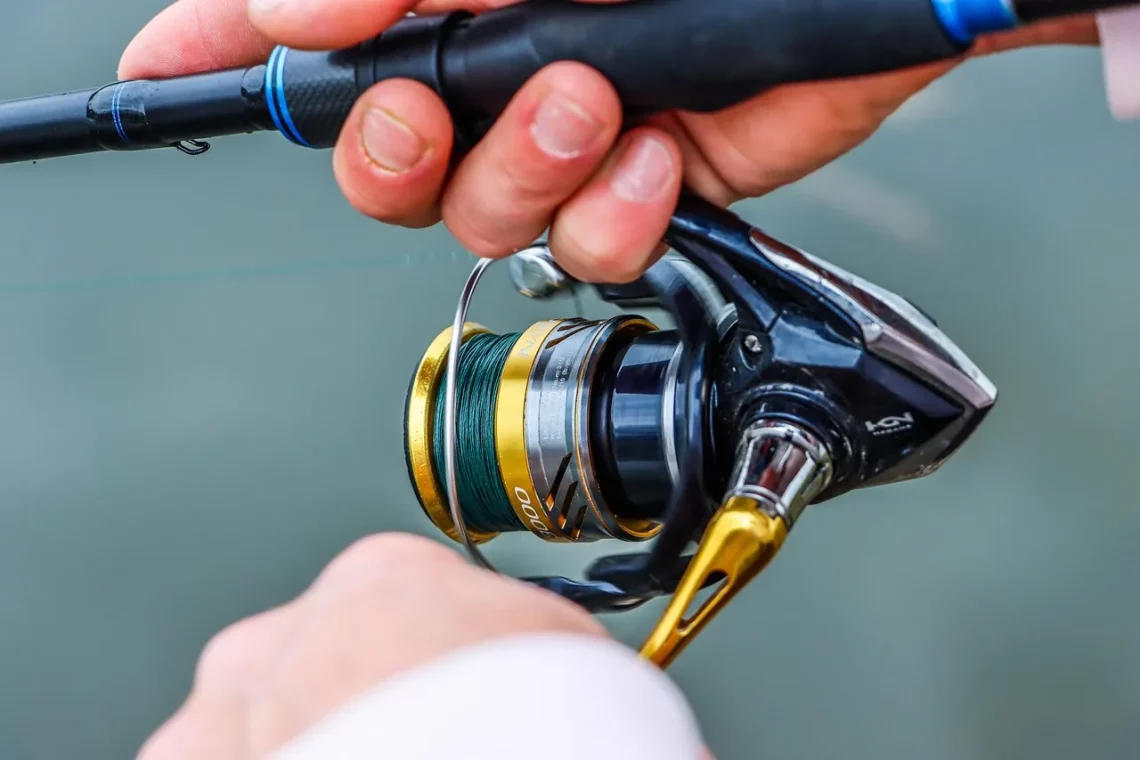
Mastering Pole Fitness Moves: A Guide to Elevate Your Skills
Pole fitness is more than just a workout; it’s an art form that combines strength, flexibility, and creativity. This dynamic discipline has gained immense popularity in recent years as a way to build core strength, improve coordination, and express individuality. Whether you are a beginner or an advanced practitioner, mastering pole fitness moves can significantly enhance your skills and overall performance. The beauty of pole fitness lies in its versatility, allowing practitioners to explore various styles and techniques, from acrobatic spins to graceful transitions. As you embark on your journey to master pole fitness, understanding the fundamental moves and their progression is essential.
Engaging with pole fitness not only challenges the body but also the mind, encouraging focus and determination. Many find that this practice fosters a supportive community, where individuals inspire and motivate each other to reach new heights. As you delve deeper into the world of pole fitness, you’ll discover that every movement tells a story, and every routine reflects personal expression. In this guide, we will explore key techniques and strategies to elevate your pole fitness skills, ensuring that you can enjoy the numerous benefits this incredible discipline has to offer. Whether you aim to perform dazzling routines or simply enhance your strength and flexibility, the journey of mastering pole fitness moves is one filled with excitement and growth.
Essential Techniques for Beginners
Starting your pole fitness journey can be both exhilarating and intimidating. One of the most crucial aspects of mastering pole fitness moves is understanding the foundational techniques that every beginner should learn. These techniques not only form the basis for more advanced moves but also help ensure safety and proper form.
The first essential technique is the basic grip. A solid grip on the pole is vital for executing moves effectively and safely. Beginners should practice the standard grip, where the dominant hand is placed above the non-dominant hand. This grip allows for better control and stability during movements. Additionally, practicing grip strength exercises can enhance your ability to hold onto the pole for extended periods.
Another fundamental technique is the climb. Learning how to climb the pole efficiently is key to progressing to more advanced tricks. To perform a basic climb, start with your legs wrapped around the pole at a 90-degree angle. Use your arms to pull your body upward while engaging your core. As you climb, focus on maintaining a strong grip and using your legs to support your ascent. Regular practice of climbing will build the necessary strength and coordination for higher-level moves.
Spins are also a vital component of pole fitness. The basic spin, often called the “fireman spin,” is a starting point for many beginners. To perform this spin, grip the pole with your dominant hand at shoulder height while placing your non-dominant hand higher up. Jump off the ground slightly and use your legs to create momentum, allowing your body to rotate around the pole. Spins not only add flair to your routines but also help in developing the necessary technique for executing more complex movements.
As you practice these foundational techniques, focusing on your body alignment and engagement is essential. Maintaining a strong core will help stabilize your movements, making it easier to progress to more advanced skills. Moreover, incorporating flexibility training into your routine can enhance your overall pole fitness performance. Stretching regularly will improve your range of motion and reduce the risk of injury.
In summary, mastering the essential techniques of pole fitness—grip, climbing, and spinning—sets a solid foundation for your practice. With dedication and consistent training, these foundational moves will pave the way for more complex and exciting tricks.
Building Strength and Flexibility
Strength and flexibility are the cornerstones of pole fitness, enabling you to execute moves with grace and control. Developing these attributes takes time, but with a structured approach, you can significantly enhance your skills.
To build strength, focus on targeted exercises that engage the muscles used in pole fitness. Bodyweight exercises such as push-ups, pull-ups, and squats can be incredibly effective. These exercises not only strengthen your upper body and core but also enhance overall body awareness. Incorporating resistance training can further boost your strength, allowing you to support your body weight during challenging moves.
In addition to strength training, it’s essential to prioritize flexibility. Flexibility improves your range of motion, making it easier to perform various pole moves. Consider integrating a dedicated flexibility routine into your training program. Stretching exercises targeting the shoulders, back, and legs are particularly beneficial for pole fitness practitioners. Yoga and Pilates can also be excellent companions to your pole training, promoting flexibility and core strength.
Another effective way to enhance your strength and flexibility is through conditioning exercises specifically designed for pole fitness. Techniques like aerial conditioning and pole-specific drills can help prepare your body for the demands of more complex moves. These drills often focus on body control, grip strength, and the ability to transition smoothly between positions.
Keep in mind that consistency is vital. Regular training sessions that incorporate both strength and flexibility work will yield the best results. Additionally, listening to your body is crucial. Give yourself adequate time to recover, and don’t hesitate to take breaks when needed. Overtraining can lead to injuries, hindering your progress and enjoyment of pole fitness.
Lastly, consider seeking guidance from an experienced instructor. A qualified pole fitness coach can provide personalized feedback and help you refine your technique, ensuring that you are building strength and flexibility safely and effectively.
In conclusion, building strength and flexibility is essential for mastering pole fitness moves. By integrating targeted exercises and maintaining a consistent training routine, you can elevate your skills and enjoy the many benefits of this dynamic discipline.
Progressing to Advanced Moves
Once you’ve established a solid foundation in pole fitness through essential techniques and strength training, the exciting journey toward mastering advanced moves begins. Progressing to more complex tricks requires not only physical strength and flexibility but also mental determination and creativity.
One of the key aspects of advancing in pole fitness is mastering transitions between moves. Smooth transitions add flow to your routines and demonstrate your control over the pole. Start by connecting simpler moves you’ve already learned, gradually incorporating more challenging transitions as you gain confidence. For example, transitioning from a basic spin into a climb can create a seamless flow in your performance.
As you explore advanced moves, be sure to focus on the mechanics of each trick. Analyzing the movements and breaking them down into smaller components can help in understanding how to execute them effectively. For instance, the “inverted” position requires you to engage your core and maintain proper alignment to prevent injury. Practicing the individual elements of each move before attempting the full trick can enhance your overall success.
Another crucial aspect of progressing to advanced moves is building courage. Many pole fitness practitioners encounter mental barriers when attempting new tricks. It’s essential to approach these challenges with a positive mindset. Visualization techniques can be helpful; envision yourself successfully executing the move before attempting it. This mental rehearsal can boost your confidence and improve your chances of success.
Additionally, consider incorporating more dynamic elements into your routines, such as drops and flips. These moves not only showcase your skills but also add an exciting flair to your performances. However, ensure that you have a solid grasp of the foundational techniques before attempting these advanced elements. Safety should always be your top priority.
Finally, remember that pole fitness is a journey, and every practitioner progresses at their own pace. Celebrate your achievements, no matter how small, and stay committed to your practice. Joining a pole fitness community or taking classes can provide valuable support and motivation, allowing you to share progress and learn from others.
In summary, progressing to advanced pole fitness moves requires dedication, practice, and a willingness to embrace challenges. By focusing on transitions, understanding mechanics, and building confidence, you can elevate your skills and enjoy the rewarding experience of mastering complex tricks.
Creating a Personalized Training Routine
To truly excel in pole fitness, creating a personalized training routine is essential. A well-structured routine not only helps you stay organized but also ensures that you are addressing your specific goals and needs as a practitioner.
Start by assessing your current skill level and identifying areas for improvement. This self-assessment will guide you in tailoring your routine to focus on your strengths and weaknesses. For instance, if you find that you struggle with flexibility, allocating more time to stretching and flexibility training will be beneficial. Conversely, if strength is your primary focus, incorporate more resistance and conditioning exercises.
When structuring your routine, consider incorporating a variety of training elements. Aim for a balanced mix of strength training, flexibility work, skill practice, and conditioning. For example, you might dedicate certain days to specific focuses, such as strength training on Mondays, flexibility on Tuesdays, and skill practice on Wednesdays. This variety will keep your training engaging and help you avoid burnout.
Consistency is key in any training routine. Set specific goals for each session, whether it’s mastering a particular move or improving your grip strength. Tracking your progress can also be motivating; consider keeping a training journal to document your achievements and areas for growth. This reflection will help you stay accountable and recognize how far you’ve come.
Additionally, be open to adjusting your routine as needed. Your body and skills will evolve with time, and it’s essential to adapt your training to reflect those changes. If you find a certain exercise isn’t yielding the desired results, don’t hesitate to replace it with something more effective.
Lastly, remember the importance of rest and recovery. Allowing your body to recover is crucial for preventing injuries and ensuring long-term progress. Incorporate rest days into your routine and listen to your body’s signals. If you feel fatigued or sore, it’s okay to take a break or modify your training intensity.
In conclusion, creating a personalized training routine is a vital component of your pole fitness journey. By assessing your goals, incorporating a variety of training elements, and staying consistent, you can enhance your skills and enjoy the many benefits of this empowering practice.
—
**Disclaimer:** This article is for informational purposes only and does not constitute medical advice. Always consult a healthcare professional for any medical concerns or before starting a new exercise program.




